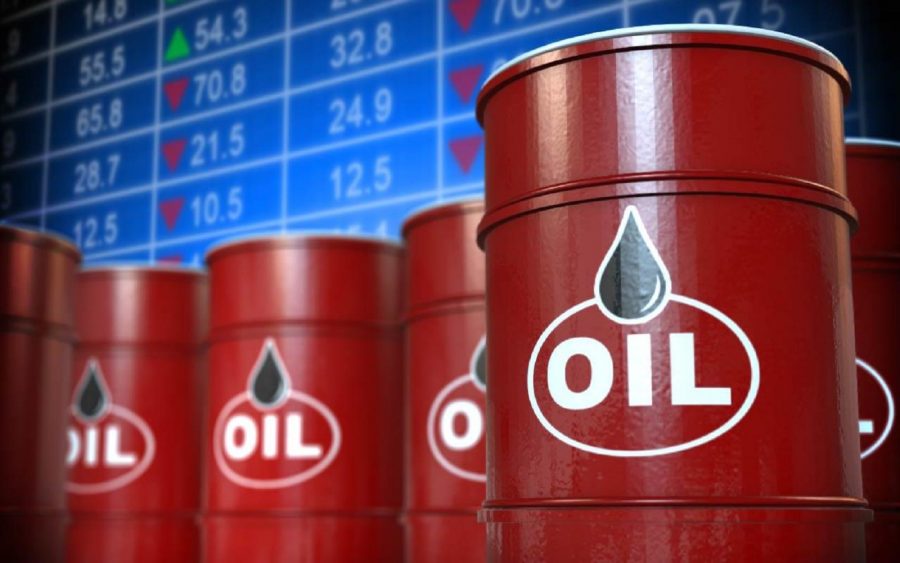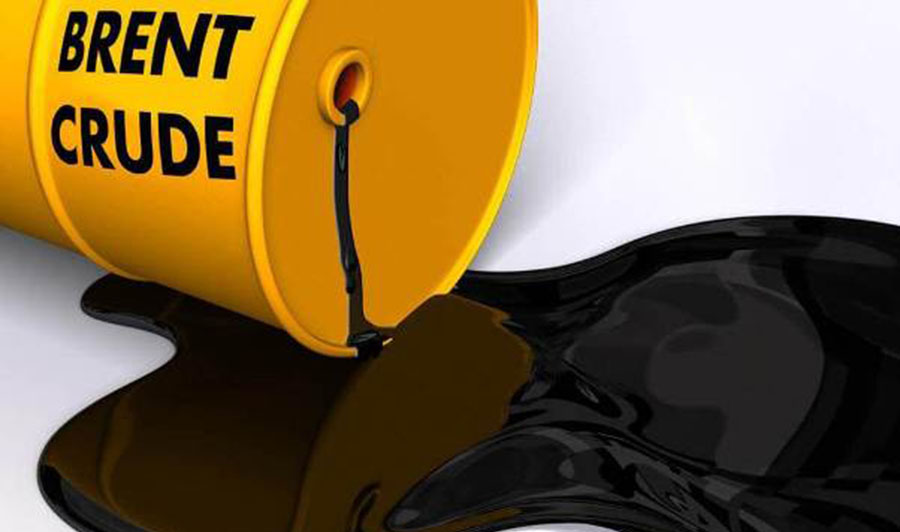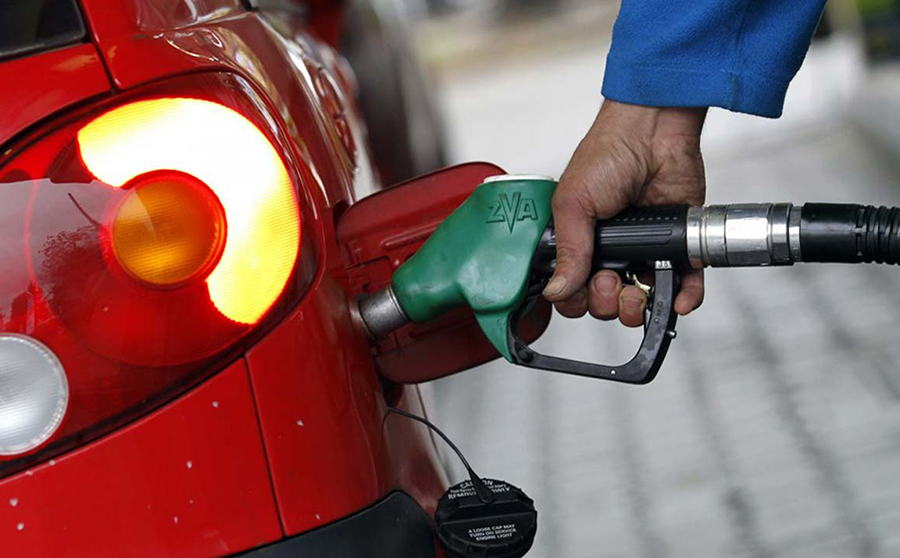Global crude oil prices, as tracked by Brent futures, have fallen sharply below $67 per barrel, down from a monthly high of $77.08 on June 19, as concerns over a major supply disruption eased.
The drop comes after Iran refrained from blocking the Strait of Hormuz, a critical passage for global oil shipments, despite heightened tensions in the region.
On June 22, 2025, the U.S. Air Force and Navy struck three Iranian facilities in a bid to deter Tehran’s nuclear ambitions and prevent it from weaponizing uranium.
The move sparked fears that Iran would retaliate by halting oil traffic through the strait, through which about 20% of the world’s oil supply flows.
Markets braced for impact, expecting a swift and severe response from Iran. But instead of closing the vital waterway, Iran launched a retaliatory strike on a U.S. military base in Qatar.
- The decision not to disrupt shipping lanes helped ease fears of a supply shock.
As a result, oil prices began to retreat. The sharpest decline came on June 23, when prices dropped to $70.52, before sliding further to $66.17 the following day—a level that has since held steady.
The Strait of Hormuz:
The Strait of Hormuz is one of the world’s most vital energy corridors, with more than 20 million barrels of oil passing through it each year, according to a report by the Energy Press.
- Iran borders the northern edge of the strait, giving it strategic control over this crucial passage.
The Strait is essential for major oil producers in the Persian Gulf, including Saudi Arabia, Iraq, the UAE, and Kuwait, as it serves as the primary route for delivering oil to global markets.
- In fact, over 90% of the region’s oil exports flow through this narrow channel.
To reduce reliance on the strait, Saudi Arabia developed the Petroline pipeline, which transports crude oil from the eastern city of Abqaiq to the Red Sea port of Yanbu, offering an alternative export route.
Rising tensions between Israel and Iran from June 13 sparked fears of retaliation and oil supply disruption, pushing crude prices to a monthly high of $77.08 per barrel on June 19.
Market trend
Crude oil began the year at $74.93 per barrel, climbing to a peak of $82.03 on January 15, the highest price recorded so far this year, before entering a downward trend.
- Rising tariff concerns dragged prices lower from February through early March, pushing the commodity below $71 per barrel.
A brief recovery in late March extended into early April, with prices rebounding to around $74. However, by mid-April, oil had lost 15.87% of its value, marking another sharp decline.
- Momentum shifted again in May as rumors of rising tensions between Israel and Iran began to influence the market. As strikes intensified on June 13, oil prices surged, peaking at $77.08 per barrel.
- But when Iran chose not to retaliate by blocking the Strait of Hormuz, fears of a supply disruption faded, sending prices tumbling to around $66 per barrel.






















